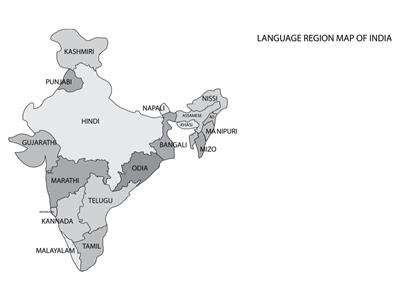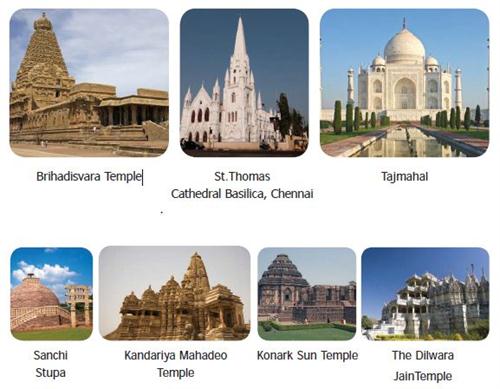PDF chapter test TRY NOW
Linguistic Diversity:
According to census of India 2001, India has 122 major languages and 1599 other languages. Tamil is the oldest Dravidian language. Indo-Aryan, Dravidian, Austroasiatic and Sino Tibetian are the four major Indian language families.
Historically, the Portuguese, the Dutch, the British, the Danish, and the French came to India for trade. Their occupation of India or some parts of it has left behind a particular impact upon the culture and language of the people. Because the British ruled over entire India for over three hundred years before independence in 1947, the English language gained importance in India.
As time passed, English has emerged as an essential language and a medium of instruction in schools and colleges. It is widely used in official communication and daily life.

Languages spoken in India
Indian Constitution recognises 22 languages as official languages. The Indian government has declared Tamil as the first classical language in 2004. Apart from Tamil, five other Indian languages have been declared as the classical languages, by the Government of India.
Top Five languages spoken in India (as per 2001 Census):
Language | Percentage of total population |
Hindi | 41.03% |
Bengali | 8.10% |
Telugu | 7.19% |
Marathi | 6.99% |
Tamil | 5.91% |
Cultural Diversity:
The term ‘culture’ refers to customs and practices of people, their language, their dress code, cuisine, religion, social habits, music, art and architecture. The culture of a group of people is reflected in their social behaviour and interactions.
Art and architecture are an integral part of every community. It develops as a part of culture and tradition. Each of the 29 states and 7 Union territories of India has rich traditions and unique ways of artistic expression.

Art and architecture
Important!
About 60 percent of the total epigraphical inscriptions found by the Archaeological Survey of India (ASI) are from Tamil Nadu, and most of these are in the Tamil script.
Reference:
Image: Taken from SCERT std 6th - Term-I in Understanding diversity chapter
